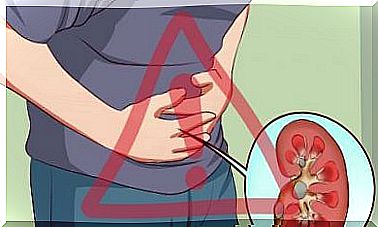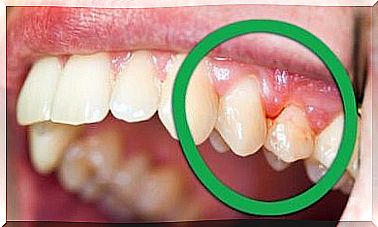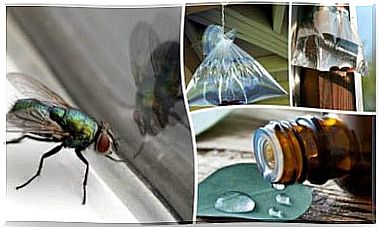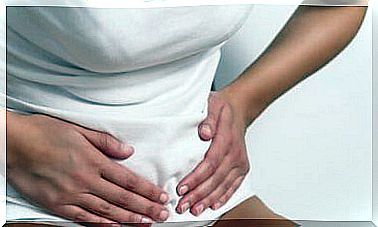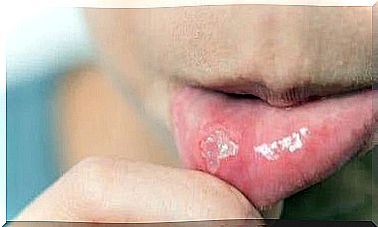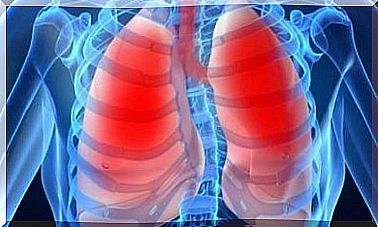Puerperal Infection: A Risk After Birth
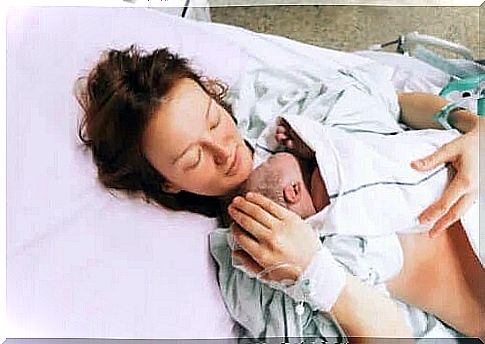
Puerperal infection (or maternal sepsis) is polymicrobial and occurs in the mother during the puerperium, ie a few days after birth. The World Health Organization (WHO) estimates that, for every 1,000 births, 11 women suffer from infections that cause death.
Commensal bacterial colonies or symbionts in the vaginal tract infiltrate the internal tissues and multiply as a result of physiological stress during birth. If you want to know more about this serious condition, read on!
Puerperal infection: symptoms
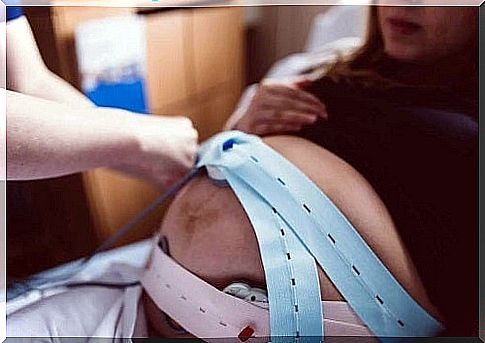
Improperly treated puerperal infection causes microorganisms to colonize the blood and multiply in other organs. This is called bacteremia, which is a serious and life-threatening condition.
Septicemia is the (uncontrolled) immune response to systemic infection. It leads to septic shock, which causes death in 40% of cases.
Causes of puerperal infection
Prevalence and risk factors
Diagnostic
In general, the diagnosis is established by exclusion. After the first 24 hours after birth, doctors should suspect puerperal infection when there is no obvious cause for fever greater than 38 ° C in the mother, which lasts 2 days.
After eliminating other pathologies, doctors will perform blood and urine tests to find out how far the bacteria have gone. Analysis of cervical specimens is rare because doctors assume that it is contaminated with microorganisms.
Treatment of puerperal infection
The treatment of puerperal infection is based on the intravenous injection of broad-spectrum antibiotics. These drugs are clindamycin and gentamicin, with or without ampicillin. As indicated by scientific studies, the intravenous approach is recommended until the woman has a normal temperature for 48 consecutive hours.
Curettage is used to remove remnants of tissue from the uterus. This prevents the proliferation of bacteria when antibiotic treatment is complete.
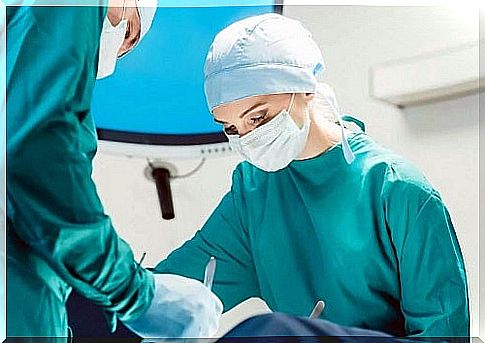
prevention
Puerperal infection is a geographical problem
Currently, puerperal infection is a disease that rarely becomes a cause for concern. If medical professionals detect the risk, they administer preventive antibiotic therapy, which reduces the probability of illness by 75%.
Unfortunately, not all geographical areas have the necessary materials. In countries with fewer public health facilities, maternal mortality is rising sharply, as a lack of resources means that uncontrolled infections are much more common.
